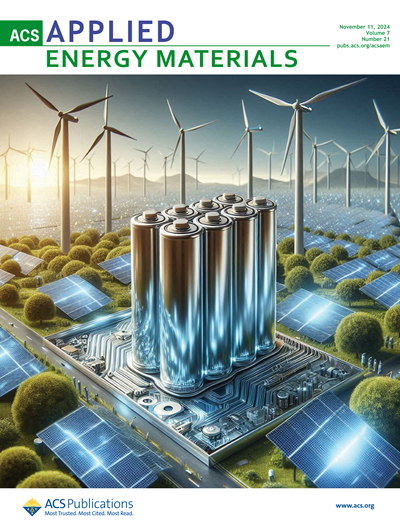通过反浮选和磁分离工艺从废弃视频游戏印刷电路板细粉回收中提炼银
IF 5.5
3区 材料科学
Q2 CHEMISTRY, PHYSICAL
引用次数: 0
摘要
电子废物流与日俱增;印刷电路板是一种固体废物,占电子废物的 6%。当这些印刷电路板被丢弃时,可能会造成土壤、水和空气污染;但如果回收利用,这些印刷电路板可被视为金属的二次来源。印刷电路板的物理粉碎过程会产生尺寸小于 250 微米的颗粒,这些颗粒通常不会被纳入回收流程,因为它们被视为灰尘,没有价值;然而,在这些颗粒中可以发现贵金属和贱金属。通过在浮选柱中进行反向泡沫浮选,然后对尾矿进行磁选,可以从这些颗粒中提炼出银等金属。浮选柱进料、精矿和尾矿的质量平衡表明,使用添加了 5 ppm 甲基异丁基甲醇和 5 克/吨油酸(均为可生物降解试剂)的矿浆,产品的浓度有所提高,精矿区和尾矿区的回收率分别为 86.13% 和 13.87%,尾矿流的品位为 74.4%。对尾矿产品进行磁选后,银的浓度略有提高,银的品位达到 74.5%,这一回收率与采用复杂且不环保工艺获得的回收率相近。本文章由计算机程序翻译,如有差异,请以英文原文为准。
Concentration of Silver from Recycling of Fine Powder of Wasted Videogame Printed Circuit Boards through Reverse Froth Flotation and Magnetic Separation Processes
Electronic waste stream grows day by day; printed circuit boards are a kind of solid waste that accounts for 6% of electronic waste. When these are discarded, they can cause soil, water, and air contamination; however, if recycled, these can be considered as a secondary source of metals. Physical comminution of printed circuit boards generates particles with sizes smaller than 250 µm, which are typically not included in the recycling process because they are considered as dust and unvaluable; nevertheless, precious and base metals can be found in these particles. The concentration of metals like silver, among others, from these particles can be achieved by reverse froth flotation in a flotation column followed by magnetic separation of the tails products. A mass balance of the flotation column feed, concentrate, and tails indicates that using a pulp modified with 5 ppm methyl isobutyl carbinol plus 5 g/ton oleic acid (both biodegradable reagents), the concentration of the products improved, resulting in recoveries of 86.13 and 13.87% in the concentrate and tails zones, respectively, with a grade of 74.4% in the tails flow. Magnetic separation of the tails product increases slightly the concentration of silver, reaching a silver grade of 74.5%, a recovery amount similar to those obtained employing complex and environmentally unfriendly processes.
求助全文
通过发布文献求助,成功后即可免费获取论文全文。
去求助
来源期刊

ACS Applied Energy Materials
Materials Science-Materials Chemistry
CiteScore
10.30
自引率
6.20%
发文量
1368
期刊介绍:
ACS Applied Energy Materials is an interdisciplinary journal publishing original research covering all aspects of materials, engineering, chemistry, physics and biology relevant to energy conversion and storage. The journal is devoted to reports of new and original experimental and theoretical research of an applied nature that integrate knowledge in the areas of materials, engineering, physics, bioscience, and chemistry into important energy applications.
 求助内容:
求助内容: 应助结果提醒方式:
应助结果提醒方式:


